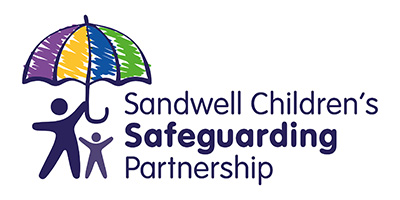Internet Safety
“Internet safety” “online safety” “cyber safety” is trying to be safe on the internet. Having the knowledge of maximizing the user’s personal safety and security risks to private information and property associated with using the internet, and the self-protection from computer crime in general.
The growth of the internet gave rise to many important services accessible to anyone with a connection. One of these important services is digital communication. While this service allowed communication with others through the internet, this also allowed the communication with malicious users. While malicious users often use the internet for personal gain, this may not be limited to financial/material gain. This is especially a concern to parents and children, as children are often targets of these malicious users. Common threats to personal safety include: phishing, internet scams, malware, cyberstalking, cyberbullying, online predations and sextortion.
Cyberstalking is the use of the Internet or other electronic means to stalk or harass an individual, group, or organization. It may include false accusations, defamation, slander and libel. It may also include monitoring, identity theft, threats, vandalism, solicitation for sex, or gathering information that may be used to threaten, embarrass or harass.
Cyberbullying is the use of electronic means such as instant messaging, social media, e-mail and other forms of online communication with the intent to abuse, intimidate, or overpower an individual or group. In a 2012 study of over 11,925 students in the United States, it was indicated that 23% of adolescents reported being a victim of cyber bullying, 30% of which reported experiencing suicidal behavior.
Online predation is the act of engaging an underage minor into inappropriate sexual relationships through the internet. Online predators may attempt to initiate and seduce minors into relationships through the use of chat rooms or internet forums. In a sample of 216 incarcerated sexual offenders, the behavior characteristics that emerged were categorized into three groups: A) manipulative – typically a child molester; B) Opportunist – typically a rapist and C) Coercive being a mixture of both rapists and child molesters.
Various websites on the internet contain material that some deem offensive, distasteful or explicit, which may often be not of the user’s liking. Such websites may include internet, shock sites, hate speech or otherwise inflammatory content. Such content may manifest in many ways, such as pop-up ads and unsuspecting links.
Sextortion, especially via the use of webcams, is a concern, especially for those who use webcams for flirting and cybersex. Often this involves a cybercriminal posing as someone else – such as an attractive person – initiating communication of a sexual nature with the victim. The victim is then persuaded to undress in front of a webcam, and may also be persuaded to engage in sexual behaviour, such as masturbation. The video is recorded by the cybercriminal, who then reveals their true intent and demands money or other services (such as more explicit images of the victim, in cases of online predation), threatening to publicly release the video and send it to family members and friends of the victim if they do not comply. A video highlighting the dangers of sextortion has been released by the National Crime Agency in the UK to educate people, especially given the fact that blackmail of a sexual nature may cause humiliation to a sufficient extent to cause the victim to take their own life, in addition to other efforts to educate the public on the risks of sextortion.
- Gov.UK – Teaching online safety in Schools
- Child Exploitation and Online Protection command CEOP
- Childline – Online and Mobile Safety
- Internet Matters – Helping parent keep their children safe online
- Think you know
- Breck Bednar – Groomed through gaming
- Internet safety for early years
- Safeguarding children and protecting professionals in early years settings- online safety guidance for professionals
